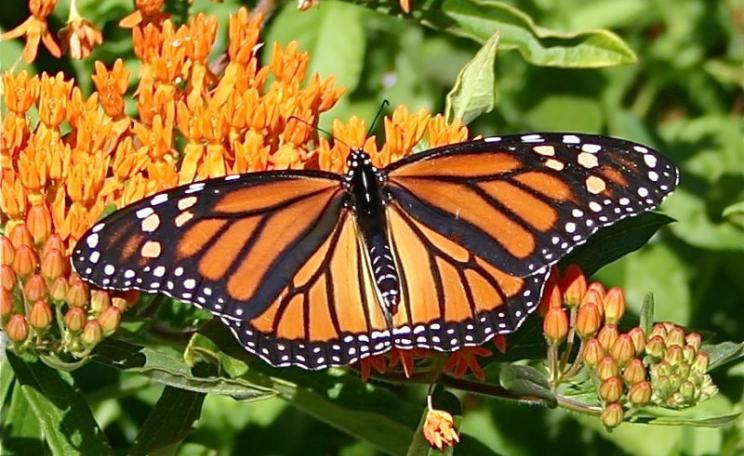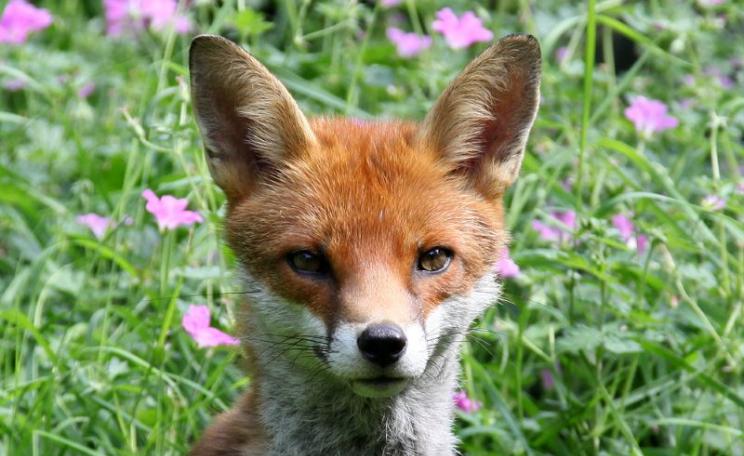Bat farms to fight mosquitoes
The West Bengal government is looking to bats to check the menace of mosquitoes in Calcutta. After consulting environmentalists for an alternative to conventional solutions, it has decided to establish bat farms around the city.
West Bengal forest minister Jogesh Barman said: ‘Common insecticides and mosquito-repellent oil and smoke did not help much. Rather, they gave rise to pollution. Now we have given a go-ahead to the proposals for setting up bat houses.’
Environmental campaigners had been complaining against the increasing use of chemicals as mosquito repellents in the city.
Experts agree that bat farming could be a very effective way of killing the mosquitoes. ‘In a medium-sized bat house there will be at least 2,000 bats, and they can finish off at least 6 million mosquitoes every day,’ said the environmentalist and former High Court judge Bhagabati Prasad Banerjee. ‘It would be the fastest way to finish off the mosquitoes in a non-hazardous way.’
Bats love insects
Depending on the species, a single bat can consume between 500 and 1,000 mosquitoes in a single hour. And a bat colony? In Florida a colony of 30,000 southeastern bats (myotis austroriparius) was estimated to have consumed upwards of 50 tons of insects annually – including over 15 tons of mosquitoes.
Bats Vs Pesticides
Hickory shuckworm larvae were damaging more than 30 per cent of the crop at Frank and Teresa Bibin’s organic pecan orchard in Georgia in the US. It is a problem not encountered by conventional growers, who are happy to spray pesticides six times a year to control shuckworms.
Searching for non-chemical alternatives, the Bibins joined the Bat House Research Project and built their first bat nursery house in July 1996. Fewer shuckworm moths were seen that year and the pecans suffered less crop damage from the larvae.
The Bibins plan to add larger roosting boxes that will hold up to 1,800 bats each. ‘Once we get those numbers, I believe we’ll really see a difference,’ Frank explains. ‘Most of the insect pests on pecans are caterpillars – the larval stage of moths. The bats are going after the moths, and our crop pests have already dropped off dramatically. I would tell other growers to try it – it works without a doubt.’
Bat myths
- Bats are blind
In fact, all bats have eyes and can see – some better than us. In addition, most species use a very sophisticated sonar system known as echolocation; the animals emit high-frequency calls out of their mouths or noses, and are able to form pictures in their brains from the echo bounce-back. Echolocation enables bats to comfortably move around at night, avoid predators, manoeuvre around obstacles, locate food and capture insects in total darkness.
- Bats have rabies
Yes, they can contract rabies, but less than half of a per cent of the almost 1,000 different species of bat actually have rabies. They do not carry the disease; they become infected and die just as humans do.
- Bats suck blood
There are only three species of South and Central American vampire bats that feed on blood. They do not actually suck blood; they make a small incision with their razor-sharp teeth and lap up the blood like a dog drinking water from a bowl.
- Bats are related to rodents
The orthodox view is that bats are a distinct mammalian order, the chiroptera, that can be divided into two sub-orders. The large fruit bats and flying foxes are classified as megachiroptera, while the others – the small insect-eating bats or vampires – are microchiroptera.
Bats in numbers
1 hour is all it takes for a single brown bat to catch 1,200 mosquito-sized insects
200 tons of insects are eaten every night by the 20 million Mexican free-tail bats that live in Bracken Cave, Texas
6 feet; the wingspan of the largest bats in the world – the giant flying foxes (pteropus vampyrus) that live in Indonesia
35 percentage of India’s health budget (itself only 1.7 per cent of GDP) currently spent on malaria control each year
3 million cases of malaria are reported each year in India
3 million severe poisoning cases and 220,000 deaths are caused by pesticides each year, the WHO reports
This article first appeared in the Ecologist July 2003







